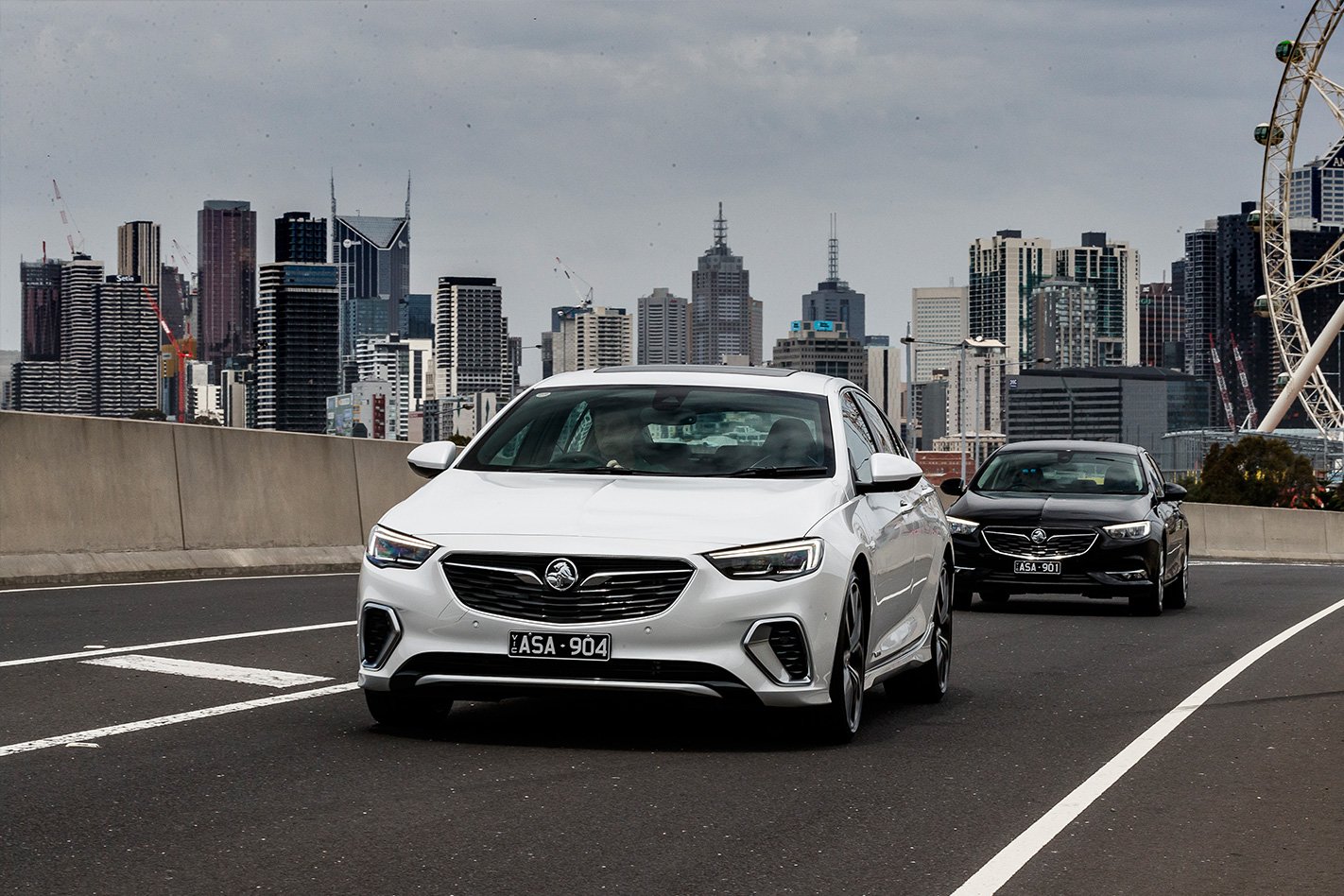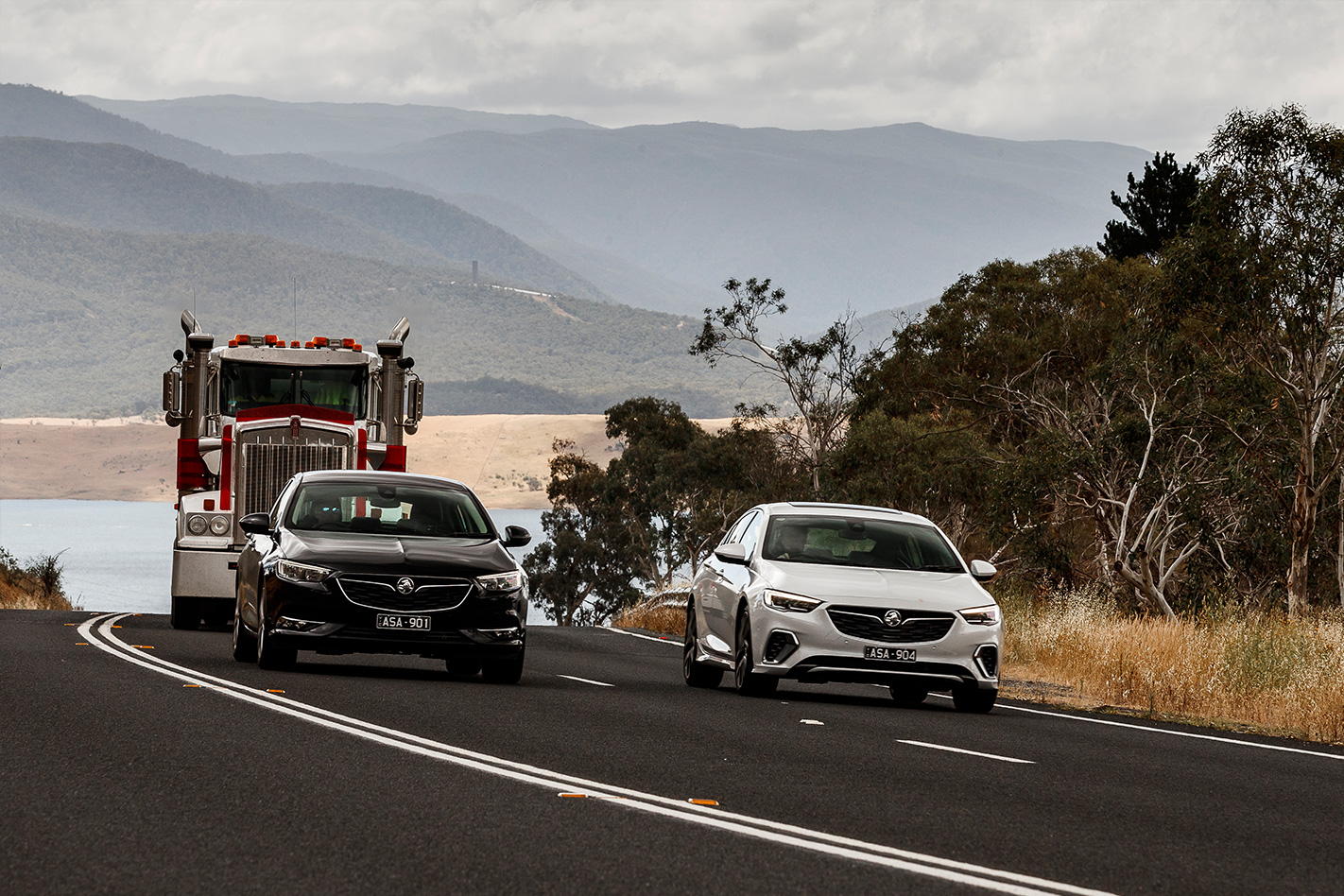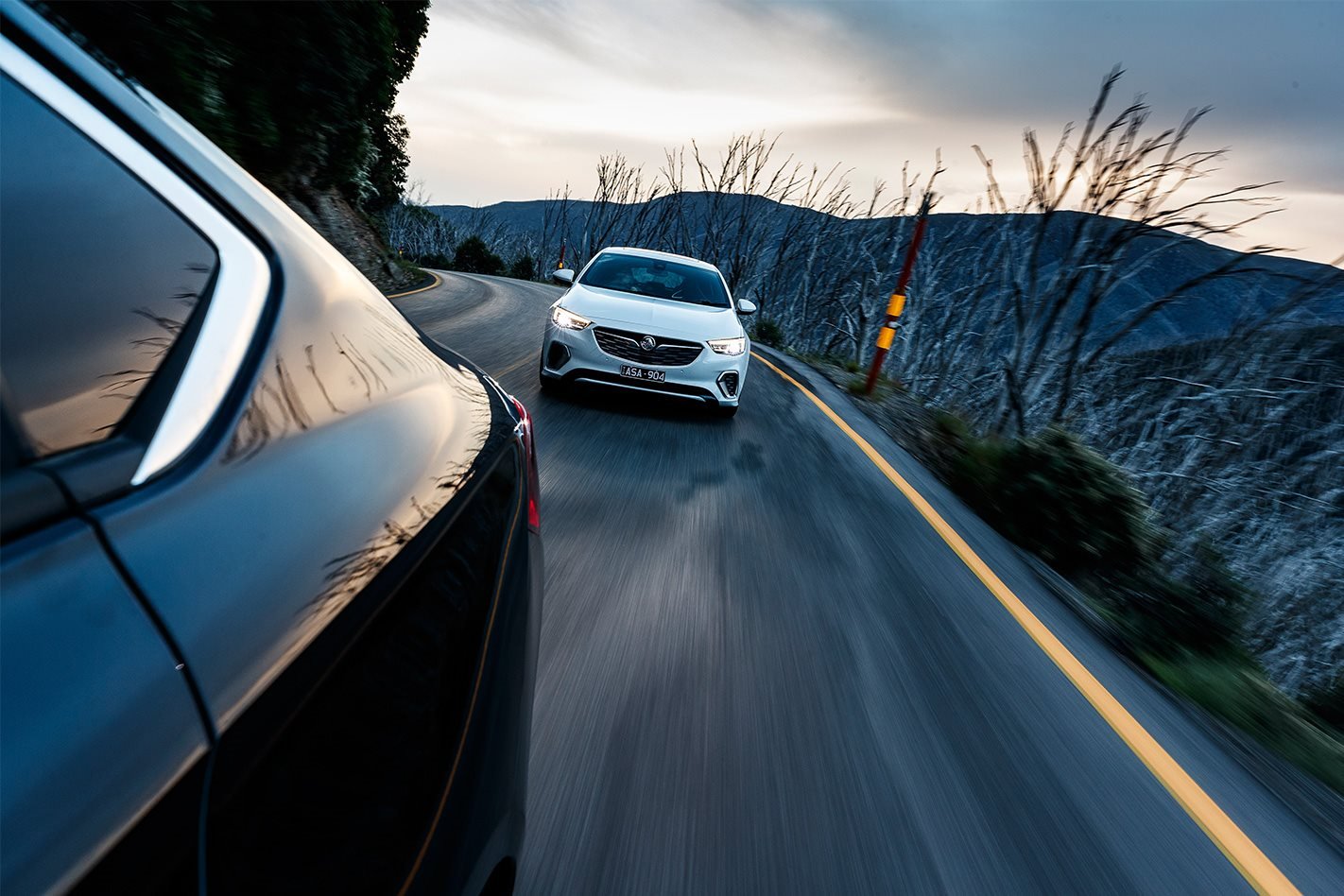CALL IT serendipity if you will. In truth, it was a balls-up.
We’d planned to drive the new Holden Commodore to Bourke and back, paying tribute to Peter Robinson’s classic 1972 Wheels test in the then-new HQ Kingswood. But whereas Robbo’s biggest gripe was that his test car wasn’t specified with air-con, we had a more fundamental issue. Our Commodores were Insignias.
Listen to internet naysayers and they’ll have you believe that the process of turning Insignia into Commodore involves pulling Opel badges off and sticking lions on instead. And while some manufacturers will claim that their vehicles have been ‘Australianised’ when all that’s happened is that they’ve been offered a change of off-the-shelf dampers, Holdens take the process of local tuning very seriously.

This clearly wouldn’t do, so a few days later we returned to Port Melbourne and picked the cars up in proper Ocker spec. The difference was night and day. Everything felt tauter and more responsive, giving the Commodore an agility that belied its sizeable dimensions. The VXR’s laughably chintzy sound symposer had been replaced by a system tuned by Bose. Yep, the team at Lang Lang did exactly what we’d done when they first pressed the VXR button and heard the car make the same noise a Dyson does when it’s choked with dog hair. They laughed and then flew the techs from Bose to Australia to completely re-engineer the system.

It takes quite some mental recalibration to get into the same car, wearing the same plates and find that it’s wholly different to when you parked your butt in it a few days previously, but it’s a testament to the team at Lang Lang that the transformation is so stark. We wouldn’t go so far to say sow’s ear and silk purses, but it’s clear that a huge number of incremental changes add up to a convincingly different character for the car, and a unique one at that.
You’ll need to pick up the March issue of Wheels, due on the shelves on the 22nd February to read the definitive review on the latest Commodore. We’ve covered more kilometres in the car than anyone outside GM Holden and the verdict may well surprise you.
Getting to Bourke and back wasn’t easy but getting under the skin of the new Commodore was even more of an undertaking. Find out why in the next issue.






